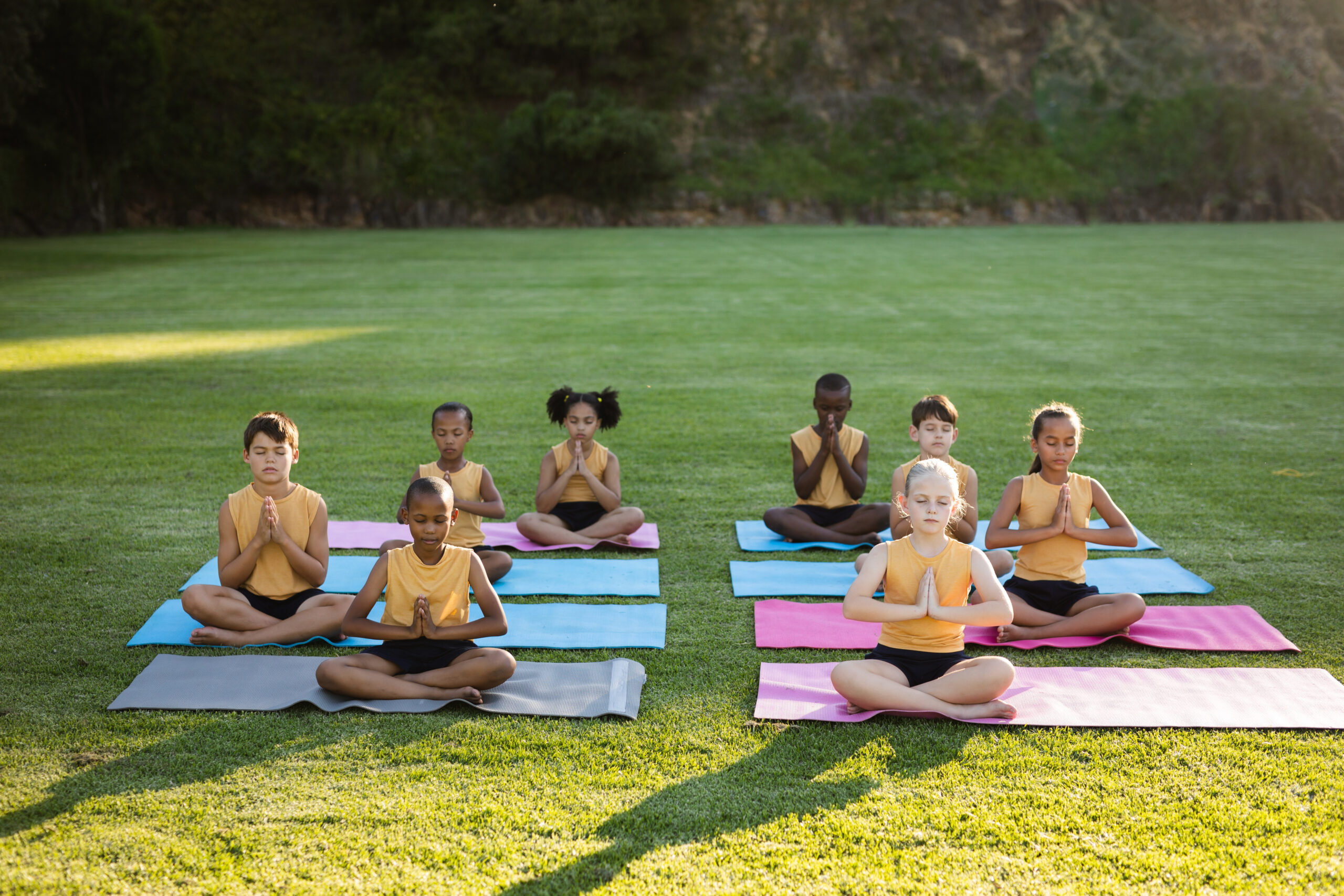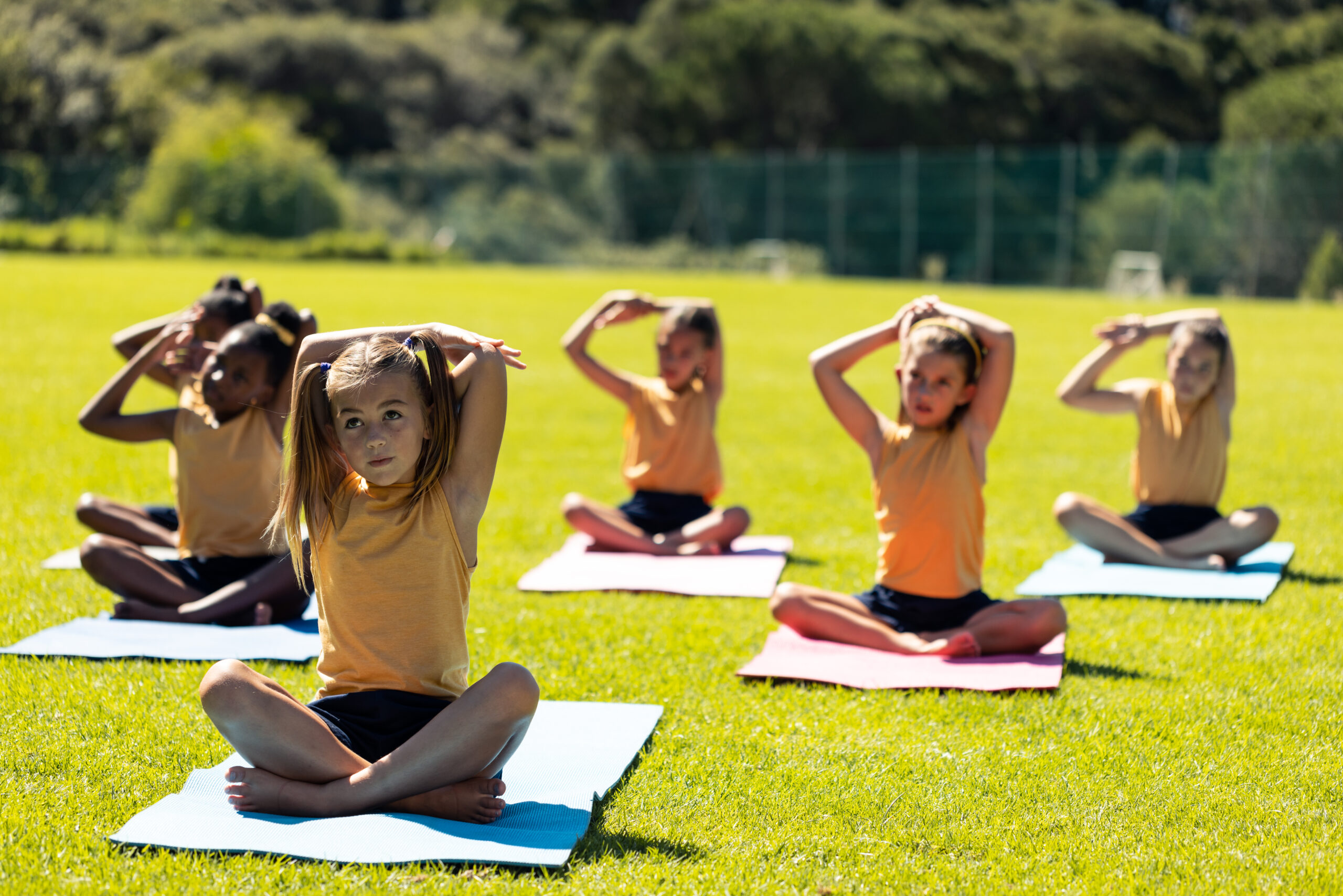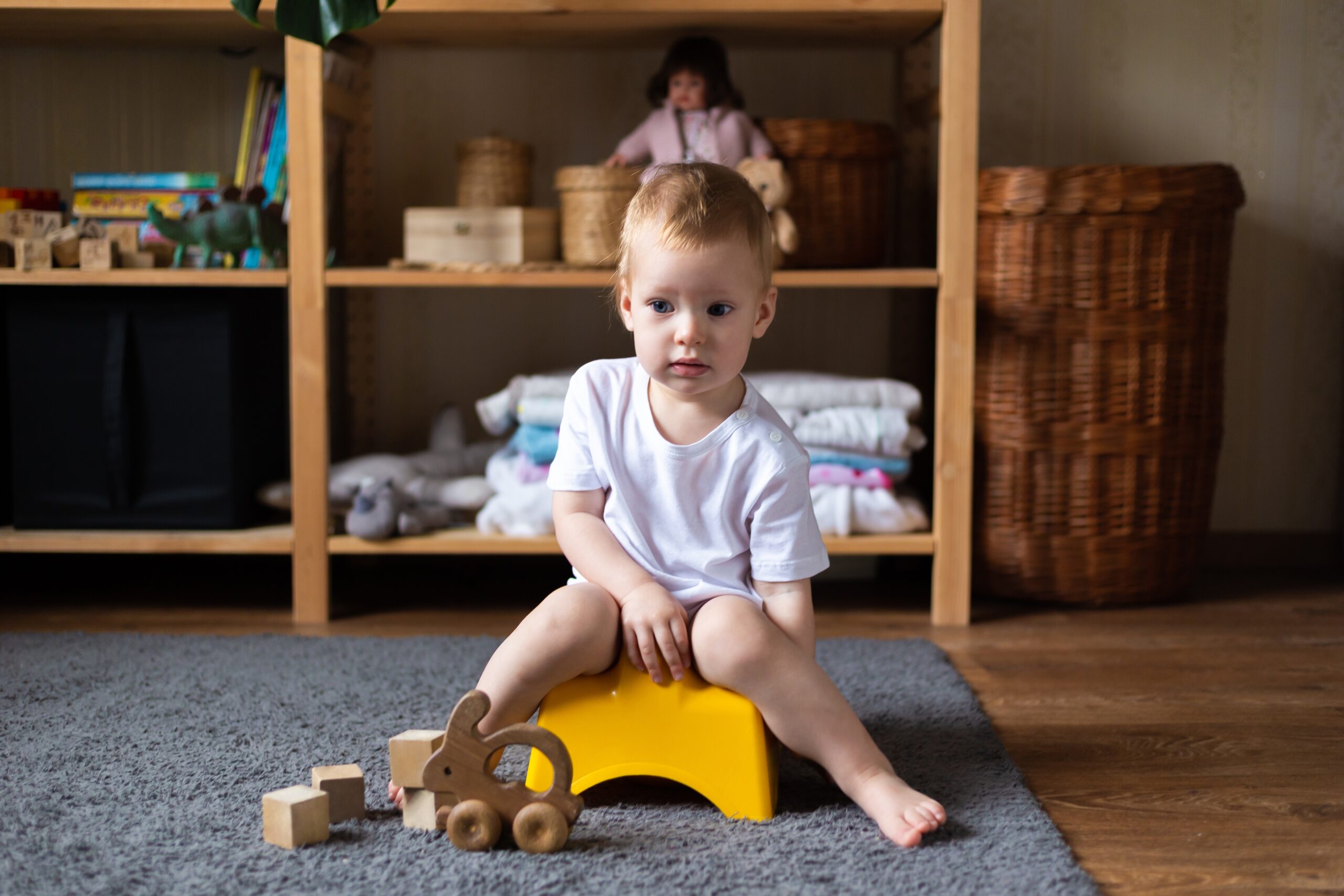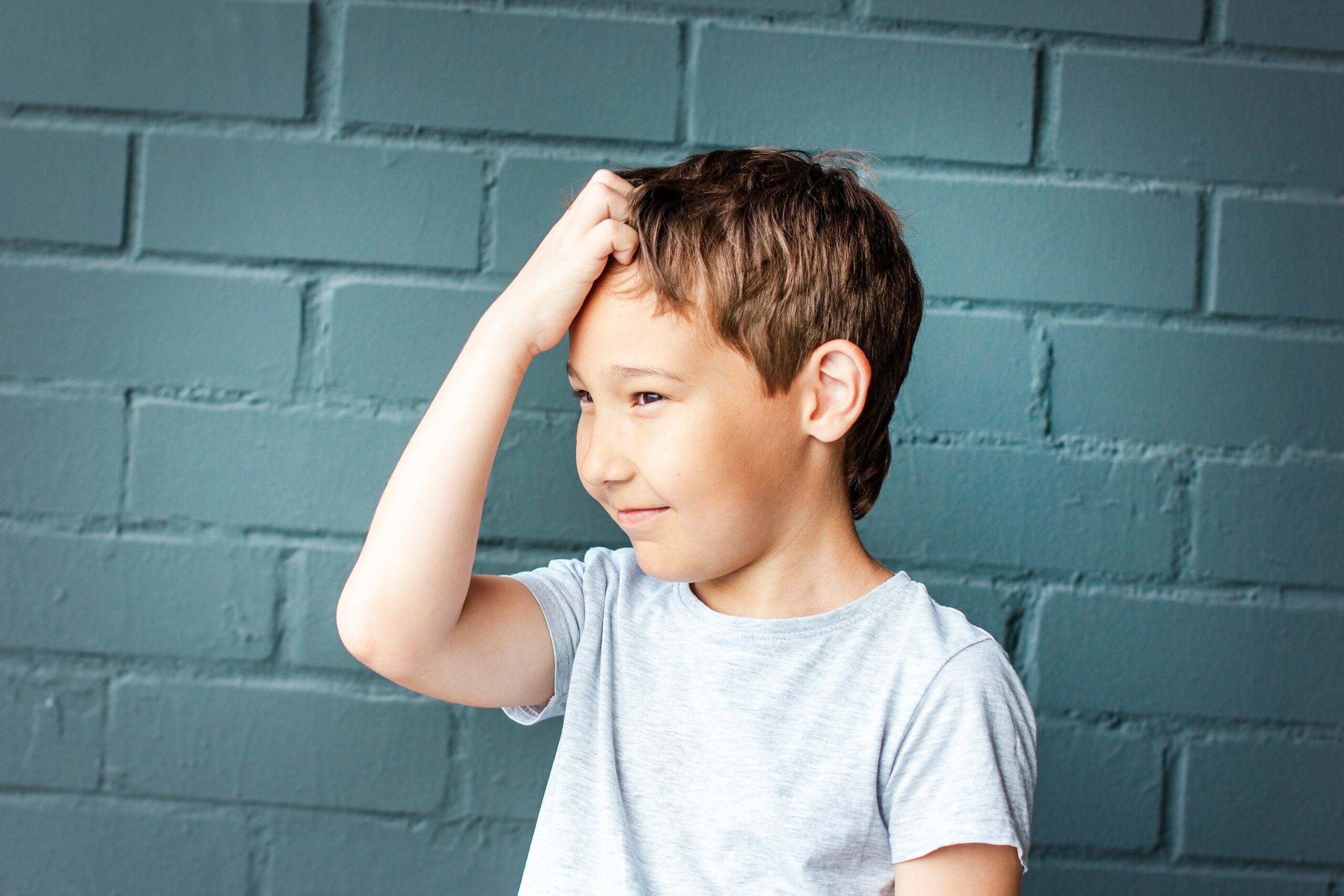Yoga is widely known for its physical benefits, but it can also serve as a powerful tool for mental and emotional well-being. For children with autism, yoga offers a unique approach to managing emotions, improving focus, and encouraging self-regulation. By adapting traditional yoga practices to meet their unique needs, children on the spectrum can experience increased calmness, better concentration, and improved sensory processing.
Olga Sirbu explores how does yoga help children with autism and provides practical techniques to incorporate into their routine.
Understanding Yoga Beyond Fitness
While yoga is often associated with physical fitness, it also plays a crucial role in emotional balance and mental clarity. For children with autism, who often face challenges related to communication, sensory processing, and self-regulation, yoga can be an effective therapeutic practice. It promotes relaxation, reduces anxiety, and enhances overall well-being.
Although I am not a yoga specialist, I have personally experimented with yoga practices for children on the spectrum. My approach involved modifying traditional yoga techniques—such as poses, breathing exercises, and mindfulness activities—to cater to their sensory and emotional needs.
Adapting Yoga for Children with Autism
Since each child on the spectrum has different needs and comfort levels, it is important to tailor yoga exercises accordingly. Below are some of the strategies that have proven effective in my practice:
1. Choosing Simplified Poses
Yoga poses should be simple, easy to replicate, and calming. The following poses are particularly beneficial for children with autism:
- Child’s Pose – This is an easy-to-do pose that promotes relaxation and a sense of security.
- Butterfly Pose – Helps improve focus and encourages gentle movement.
- Tree Pose, Cat Pose, and Cobra Pose – These poses can be introduced gradually with visual aids to assist the child in understanding them better.
Encouraging children to hold these poses for a few seconds while focusing on their breathing can help them feel more grounded and calm.
2. Incorporating Breathing Exercises
Breathing exercises are an essential component of yoga and can help children with autism regulate their emotions. One particularly effective technique is:
- Balloon Breathing – Ask the child to imagine their tummy as a balloon that slowly inflates when they inhale and deflates when they exhale. This simple visualization can make deep breathing more engaging and accessible for them.
Controlled breathing techniques help reduce anxiety, promote relaxation, and support emotional regulation.
3. Teaching Relaxation Techniques
Helping children with autism develop relaxation techniques can be beneficial in managing stress and sensory overload. One effective method is guided imagery:
- Floating on a Cloud – Ask the child to lie down, close their eyes, and imagine they are floating on a soft, fluffy cloud. You can use simple scripts or calming music to enhance the experience and help them achieve a deeper state of relaxation.
These exercises encourage mindfulness and provide children with a safe and comforting mental space.
4. Using Visual Aids for Better Understanding
Visual tools can help children grasp the concept of yoga more effectively. Laminated cards with illustrations of yoga poses serve as a great reference, making it easier for children to follow along.
Some recommended poses to include in visual guides are:
- Child’s Pose
- Tree Pose
- Cat Pose
- Cobra Pose
- Butterfly Pose
Providing a structured visual guide can improve a child’s ability to follow instructions and increase their engagement in the practice.
5. Incorporating Sensory Elements
Children with autism often have sensory sensitivities, so integrating sensory-friendly elements into yoga practice can enhance their experience. Some useful additions include:
- Weighted blankets – Provide comfort and security during relaxation exercises.
- Soft pillows – Offer support for seated poses.
- Stress balls – Assist with focus during breathing exercises.
- Calming music – Creates a soothing environment and reduces distractions.
These sensory-friendly adaptations help make yoga more accessible and enjoyable for children on the spectrum.
6. Creating a Calming Environment
The setting plays a significant role in the effectiveness of yoga for children with autism. A quiet, clutter-free space with minimal distractions can enhance their ability to engage in the practice. Additional tips for creating an optimal environment include:
- Dimming the lights – If the child is sensitive to bright lighting, use soft lighting instead.
- Minimizing noise – Reduce background noise to maintain focus and relaxation.
- Maintaining a predictable routine – A structured yoga session helps children feel more secure and engaged.
7. Being Patient and Flexible
Every child responds differently to yoga, so patience and flexibility are key. Some may take time to adjust, while others may prefer specific poses over others.
Encourage the child to explore poses at their own pace and avoid pushing them into positions that make them uncomfortable. A positive and supportive approach will make the experience more enjoyable for them.
A Sample Yoga Routine for Children with Autism
One of the successful yoga routines I implemented with a child on the spectrum involved the following sequence:
- Balloon Breathing (3 minutes) – To promote calmness and focus.
- Child’s Pose – To relax and establish a sense of security.
- Cat-Cow Pose – To release tension in the body and encourage gentle movement.
- Butterfly Pose – Engaged in while talking about the child’s favorite things to create a relaxed and friendly environment.
- Guided Relaxation (Sunny Beach Visualization) – The child lay down and imagined being on a sunny beach, feeling the warmth and comfort.
This structured approach provided a combination of breathing, movement, and mindfulness techniques that significantly helped the child relax and improve their ability to focus.
The Benefits of Yoga for Children with Autism
From my personal experience, yoga offers numerous benefits for children on the autism spectrum, including:
- Emotional Regulation – Helps manage overwhelming emotions and reduces anxiety.
- Improved Concentration – Enhances attention span and cognitive engagement.
- Encourages Imagination and Creative Thinking – Guided imagery and relaxation exercises foster creativity.
- Promotes Following Instructions – Helps children improve their ability to understand and respond to directions.
- Supports Sensory Processing – Aids in managing sensory input in a controlled and comfortable manner.
By incorporating yoga into their routine, children with autism can develop valuable self-regulation skills, gain confidence, and experience a sense of inner peace.
How Does Yoga Help Children with Autism – Final Thoughts
Yoga can be a wonderful tool for children with autism, providing them with a way to calm their minds, regulate emotions, and improve focus. With patience, flexibility, and the right adaptations, yoga can become an enjoyable and beneficial practice for both children and their caregivers.
If you are considering yoga for a child on the spectrum, start with simple poses, introduce breathing techniques, and create a soothing environment. Over time, yoga can help them navigate their emotions more effectively and enhance their overall well-being.
Also read: How to Manage Headbanging in Autistic Children
About Olga Sirbu
My name is Olga Sirbu, I am a Board Certified Behavior Analyst (BCBA) and Licensed Applied Behavioral Analyst. My goal is to support and empower families and individuals on the autism spectrum.
Autism Advance is dedicated to training parents and caregivers, providing practical tips, and teaching individuals how to educate kids with autism.
I share evidence-based practices to help you better understand and support individuals with autism. Learn practical strategies to help individuals with autism reach their full potential, as well as gain a deeper understanding and acceptance of autism.
Thank you for considering Autism Advance as a resource for your autism journey.








